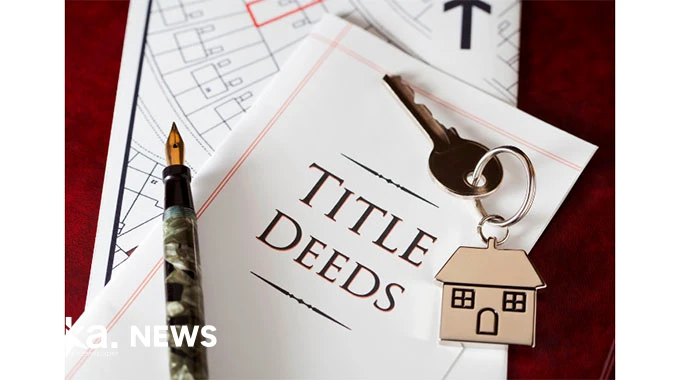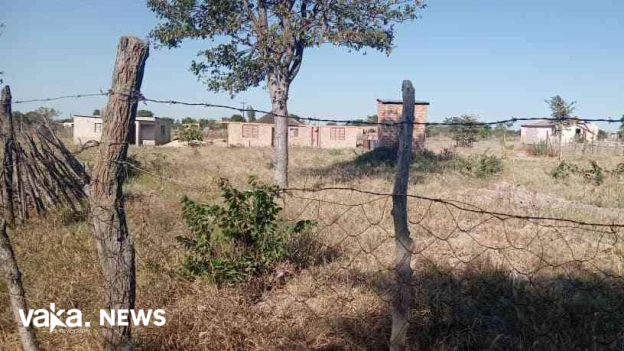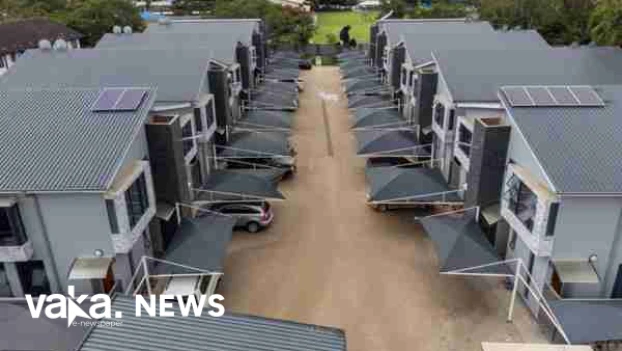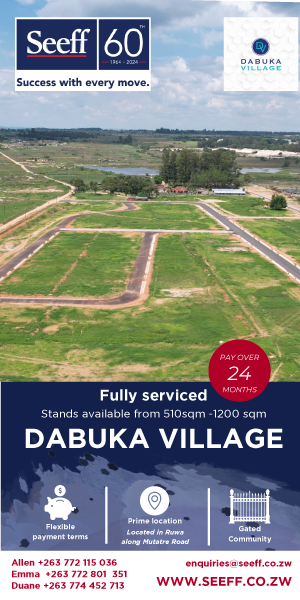Editorial Comment: Title deeds need to be in right hands
- Category: Real Estate

- By Dion Kajokoto
THE major programme of regularising a large range of unplanned and semi-planned settlements and making sure the house owners have title deeds is now moving towards the final preparatory stages, largely making sure that the title deeds go to the right people, those who built the houses.
The process of individual checks, which is currently underway till the end of next month, is crucial because the last thing anyone needs is for the criminal element to swoop in once more. Homeowners ought to be enthusiastic in gathering and submitting the necessary paperwork. After all, this is in their best interests.
The government would be negligent if it did not make the checks, given the number of scam artists in the area who are currently behind bars for tampering with fictitious title deeds. People must make a distinction between the current, intense attempts to prevent new land barons from encroaching and the problem that the government inherited and is now regularizing. There's a difference between being abandoned by barons and having a new generation of criminals take over a large number of new territories.
President Mnangagwa and the central government made the important decision to regularize whenever feasible, deciding that people who were lured in by the land barons who were selling land unlawfully and making money while doing so should be able to acquire legal ownership. A primary pragmatic factor contributing to this, aside from the imperatives of equity and justice, is the substantial service development needed on the majority of those land-baron estates.
It is necessary to construct roads, establish water mains, lay sewers, and expand the electrical distribution infrastructure. It's clear that the barons won't provide money or labor—they just stole it and fled, likely spending it by now. Typically, in an urban development, the land developer initiates the planning process, invests the funds in the services, and the local authority is required to verify that the minimum agreed requirements have been fulfilled. This requires inspections before the local authority signs off.
For this reason, urban stands typically cost far more than rural ones. Unless the land is in such a desirable location that there is a reasonable location mark-up, the cost of an urban stand is not truly the land. The developer is required to give a portion of the proceeds to the government and local authority for the schools, health care, and recreational facilities. Essentially, the cost is the cost of maintaining the stands plus a small profit on the stands set aside in the plans for shopping centers and other commercial land.
These frequently mix tiny plots of land for construction with areas of wetlands for public parks and sports facilities. Everything in the ancient suburbs, including Harare Gardens, the first public park, was formerly a swamp. This usually works out when there is a competent developer and a local government involved; occasionally, the government or the local government acts as the developer. Historically, the primary distinction between public and private development was the absence of profit margins in the majority of public high-density suburbs, with the possible exception of commercial stands. There were no gains, but there were also no losses for taxpayers or ratepayers to absorb.
That had been screwed up by the land barons. Although there have been instances where these were on inappropriate land where no one should build or ate into public land that was set aside for social services like schools and recreation, layout plans were frequently merely the initial phase of a development. The new stand owners will be able to finance the necessary work, turn their suburb into a real suburb because they will have the necessary collateral for the financing, and—above all—have an incentive to raise the value of their properties thanks to regularization and title deeds.
It may not be a single immediate development, and in most areas can be done in phases, but it will need to be done to bring these suburbs up to the same level as the older suburbs that were done properly.
To ensure that the financing arrangements are reasonable and equitable, we would anticipate that the government will need to be involved. Thankfully, however, the new stand owners will have a fresh start upon receiving their title deeds, having had to finance their own home and owing nothing further for the land. Even though the Ministry of National Housing and Social Amenities has stated that it will provide title deeds to the greatest majority of impacted individuals, there will inevitably be the occasional exception.
This has already been observed in Harare at the lower Marimba River's banks, where a few dozen homes have flooded due to the city's runoff, which is concentrated into a floodplain. The Ministry is eager to see families reunited with respectable homes, hence measures have already been launched to assign alternative housing. However, this only makes up a small portion of the housing stock, is not the homeowners' responsibility, and is readily resolved. As a result, practically everyone will receive the title deed for their current residence.
To prevent future disputes, civil law mandates precise descriptions of each stand on a title deed. Thankfully, instead of relying on labor-intensive and costly surveying techniques from the past, this process was made feasible with ease by modern technologies like satellites. Since the majority of that work has already been completed, the current step involves verifying and validating each stand holder before converting them into a stand owner.
The National Housing Ministry has said unequivocally that the goal of this process is to get everyone to the title deed stage and that any concerns that appear to be surfacing in certain areas are unfounded. The stand holders have had plenty of time to collect the necessary records and information and submit it to the Ministry; we sincerely hope that they all do so.






